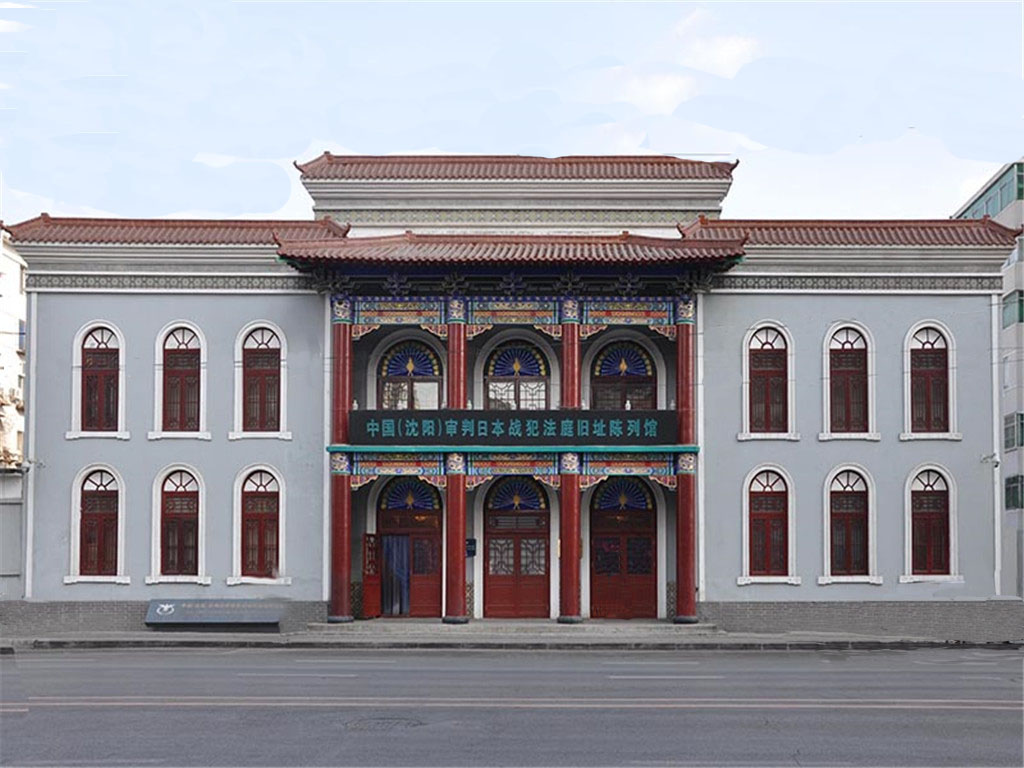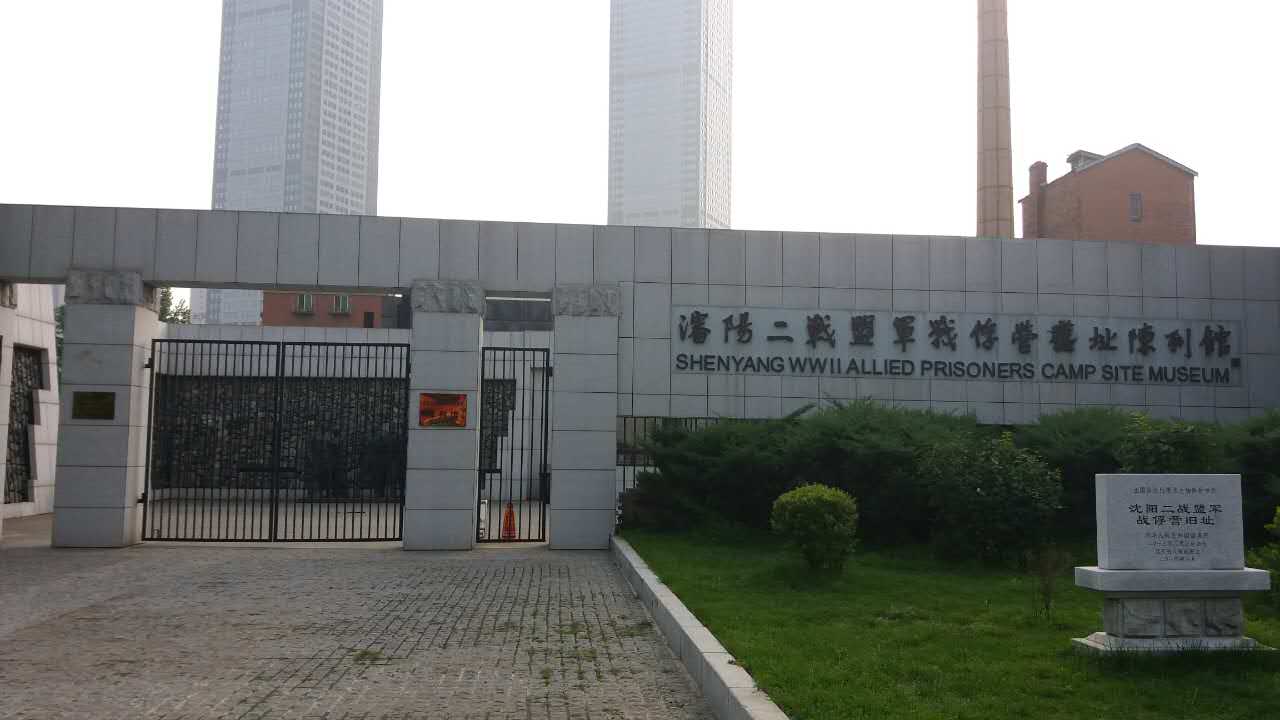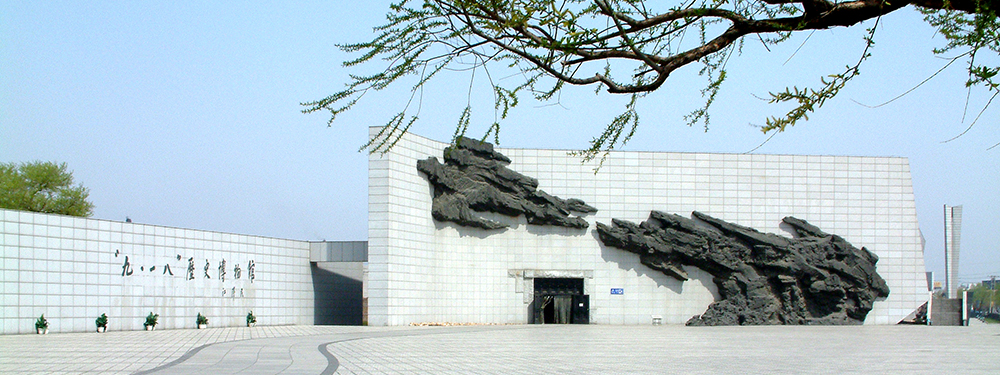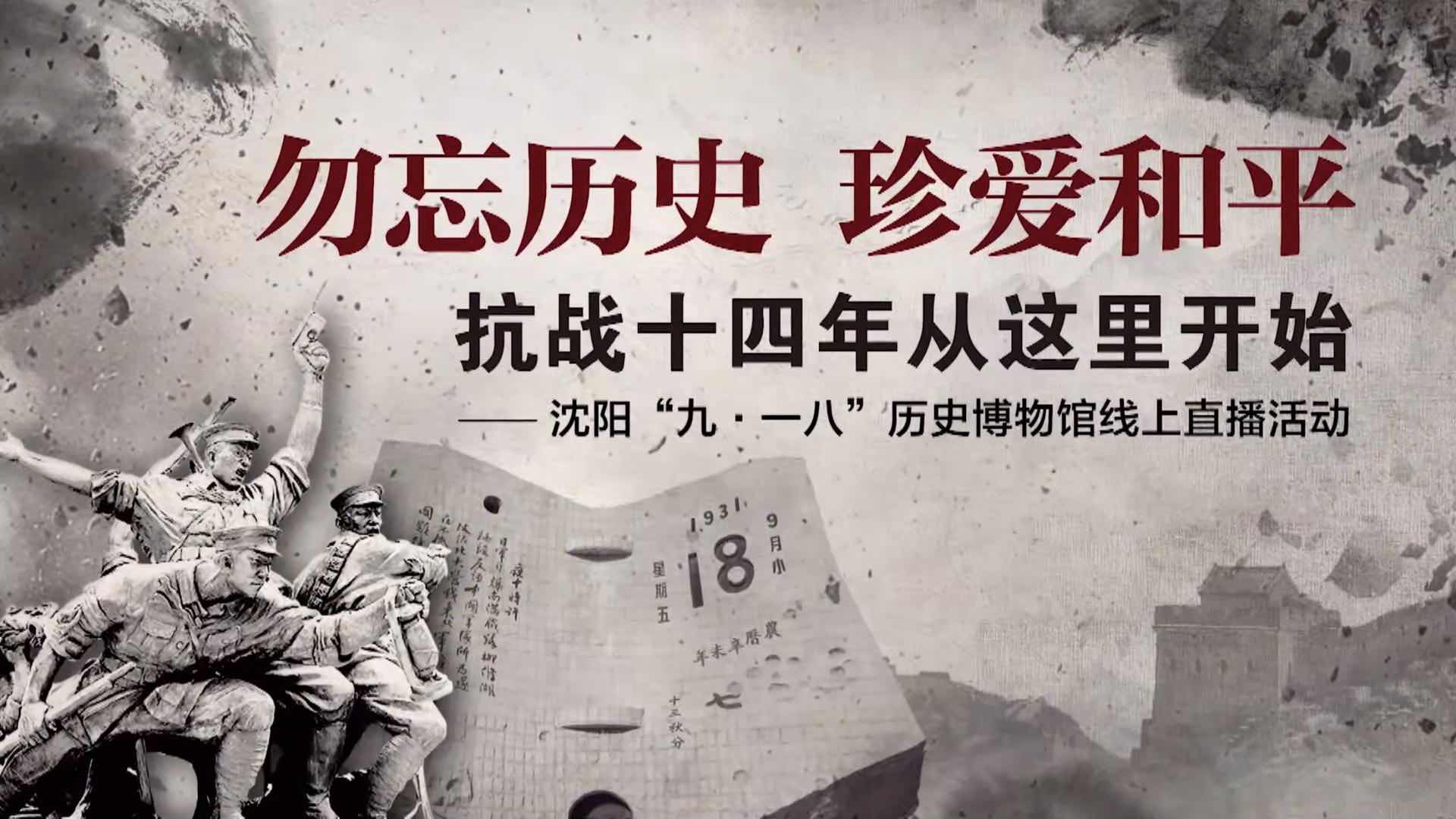
Display Hall of the Former Site of China (Shenyang) Military Tribunal for the Trial of Japanese War Criminals is located in Heilongjiang Street 77, Huanggu District, Shenyang City, under the Shenyang September 18th Historical Museum. Based on restoration of the Shenyang Military Tribunal for Trial of Japanese War Criminals, it was officially opened to the public on May 18th, 2014. The Display Hall covers an area of 2,160 square meters, including a construction area of 1,545 square meters and an exhibition area of 1,120 square meters. Through integration of the restored display and historical display, it comprehensively showcases the public trial of 36 Japanese war criminals from June 9th to July 20th, 1956, by the Special Military Tribunal of the Supreme People’s Court of the People’s Republic of China, with a rich variety of displaying means including texts, photographs, cultural relics, historical materials, graphs, audios and videos. The Trial in Shenyang is a trial truthfully reflecting the Chinese people’s volitions and aspirations, and a judgment of evil by justice. As all the 36 Japanese war criminals pleaded guilty, a miracle in international trial of war criminals was created. The Display Hall has incurred widespread attention by all social sectors after its inauguration. In September 2014, it was named a national facility for commemorating the war of resistance against Japanese aggression by the State Council; in October the same year, it was named by the People’s Government of Liaoning a cultural heritage unit under provincial protection. As a display hall featuring Japanese war criminals, it is not only a testimony of the crimes of Japanese aggressors, but also a rare teaching material for the patriotic education of Chinese adolescents. Meanwhile, it also constitutes cogent evidence for refuting the denial of the aggressive deeds by Japanese right-wing forces and a manifestation of the broad-mindedness of the Chinese people who recompensed injury with kindness.



